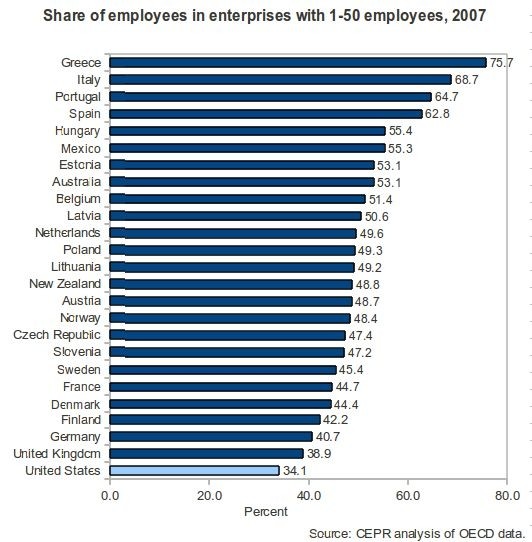With the continued weak economy and little hope of recovery anytime soon, we can expect to see even more “accidental entrepreneurs” emerge. These are unemployed people whose best hope of generating income is to become self-employed or to start a business.
Ami Kassar is a typical accidental entrepreneur. Kassar had spent a decade in senior management with a large, national credit card company based in Philadelphia. When the recession hit in 2008, he suddenly found himself unemployed. His employer did not survive the recession-induced shakeout in the financial industry.
Finding a new job that was similar to his old one did not look very promising, so Kassar decided to launch a business. He started Multifunding, which helps small businesses find debt financing.
Like most entrepreneurs, Kassar faced challenges in the startup of his venture. However, many of his missteps can be traced back to habits and expectations that came directly from his years of working in a corporate setting.
So let me offer a brief job description of an entrepreneur to help those of you who, like Kassar, are facing a career transition:
1. Do everything. The temptation when you start a business is to continue to concentrate on what you did well in the corporate world and bring others in to take care of the rest. However, to build a successful business you need to learn every aspect of your business and perform every job. You need to know the business inside and out, from top to bottom.
2. Become a financial wizard. Set up a sound record-keeping system. Be your own bookkeeper for as long as you can. Just as you need to know every aspect of the operation of the business, you also need to know the numbers. The best way to do this is to make the financial aspects of the business a major part of your job.
3. Minimize overhead. The temptation is to surround yourself with the comforts you had in the corporate world — a nice desk, a new car, a big office, support staff, and the newest and best gadgets. However, paying for all that overhead is what stands in the way of your bringing home a paycheck. So start lean, bootstrap whenever possible and make operating frugally a part of the culture of your business as it grows.
4. Watch your cash flow. As the old saying goes, “The leading cause of business failure is running out of cash.” Learn the rhythm of your cash flow. Watch every expense like a hawk. Treat every dollar as iff it might be your last.
5. Schedule balance. Startups quickly become all-consuming. They can take up every waking moment if you let them. Build time in your life for those things that really matter — your family and your friends.
Fortunately, Ami Kassar is an accidental entrepreneur who is making a successful transition out of a corporate career. Multifunding is now growing and doing well.
To be successful, accidental entrepreneurs have to develop new work habits and an understanding of what the job of an entrepreneur is really all about.


